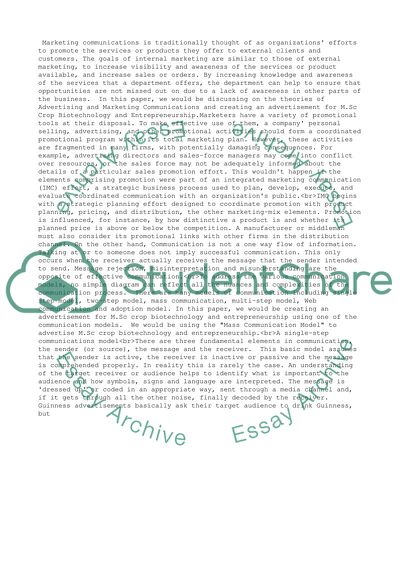Cite this document
(“Advertising and marketing communications Essay Example | Topics and Well Written Essays - 2500 words”, n.d.)
Retrieved from https://studentshare.org/business/1522974-advertising-and-marketing-communications
Retrieved from https://studentshare.org/business/1522974-advertising-and-marketing-communications
(Advertising and Marketing Communications Essay Example | Topics and Well Written Essays - 2500 Words)
https://studentshare.org/business/1522974-advertising-and-marketing-communications.
https://studentshare.org/business/1522974-advertising-and-marketing-communications.
“Advertising and Marketing Communications Essay Example | Topics and Well Written Essays - 2500 Words”, n.d. https://studentshare.org/business/1522974-advertising-and-marketing-communications.


